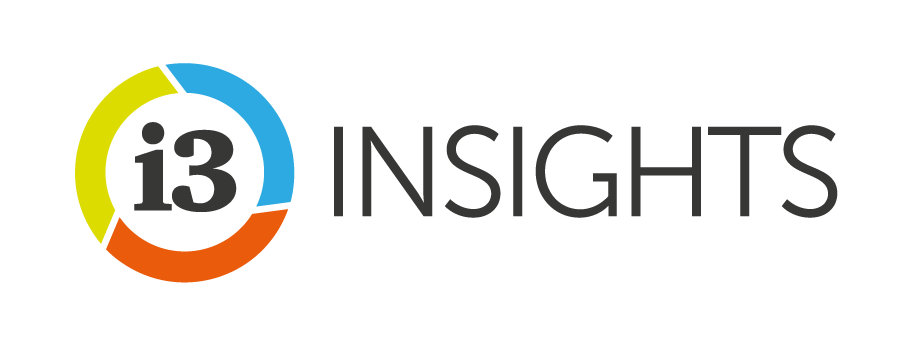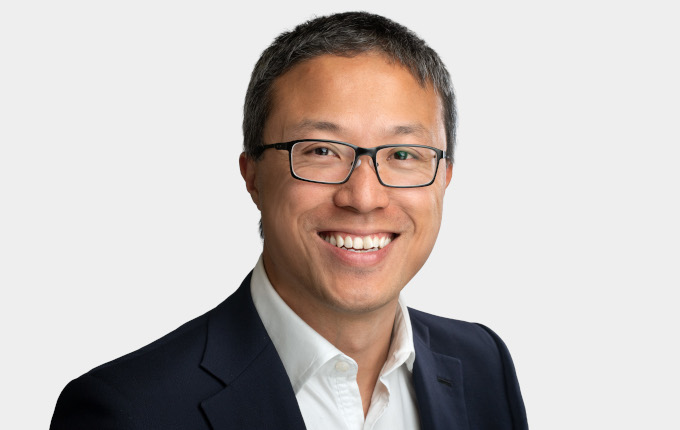Changing the way a fund’s SAA is reviewed can lead to a stronger investment governance framework, State Super’s CIO says.
When Charles Wu was appointed as Chief Investment Officer of State Super in December of 2020, only a few months after the COVID-19 pandemic shook the markets, he looked for ways to strengthen the investment governance framework of the fund.
Although the fund wasn’t too badly affected by the sharp drawdown in March of that year, partly helped by the significant cash buffers it held at the time, it showed how volatile markets can be and how a combination of market drawdowns and member withdrawals can lead to permanent loss of capital.
State Super’s member base is significantly older than the average superannuation fund. Of the more than 80,000 members, the vast majority are over 60 years old. It even has a number of pension members over the age of 100.

The first thing that I proposed to the board, after I joined State Super, was changing how the SAA was presented. Instead of getting a one-year SAA approved every year, we presented a pathway for the next seven years
These members cannot withstand large drawdowns in their portfolios and so capital preservation is key.
In addition, the fund has been closed to new members for decades and is in run-off. The defined contribution (DC) portfolio of $7 billion is facing a reduction by half almost every seven years. This means the fund can’t rely on inflows or compound interest to deal with market fluctuations.
It is, therefore, important the investment governance framework is robust to make the best use of the remaining assets. Wu decided the best place to start was with how the strategic asset allocation (SAA) was reviewed.
“The first thing that I proposed to the board, after I joined State Super, was changing how the SAA was presented. Instead of getting a one-year SAA approved every year, we presented a pathway for the next seven years,” he said in a presentation to the CFA Society Australia last month.
“Then my board ultimately signs off on a pathway of how we are going to move. And then they delegate the timing of opportunities, or the timing of exiting or buying assets, to the management.”
SAA and Opportunistic Investing
This is important because investment or divestment opportunities can present themselves opportunistically and having the delegation processes in place to act upon those opportunities improves overall results. Wu illustrated his point at the hand of an infrastructure transaction.
“Anyone that runs an infrastructure transaction will understand, on average, it takes somewhere between 12 to 18 months for a transaction. Sometimes it’s very opportunistic,” he says.

When we hold an asset together with other owners and they decide to sell, we may determine that selling alongside them is the better option. That tends to happen very opportunistically
“For example, when we hold an asset together with other owners and they decide to sell, we may determine that selling alongside them is the better option. That tends to happen very opportunistically.”
The example of an infrastructure transaction was especially relevant, since State Super is planning to reduce its real assets in the DC portfolio over time so listed asset will be used to ensure the risk and return characteristics are in line with the board-approved strategy.
Implementing an Options Program
Another important element to Wu’s approach to investment governance was implementing an options program that would mitigate drawdowns.
But rather than focusing on the tail ends of the distribution – the very extreme, but highly unlikely market events – he focused on drawdowns that are less impactful, but occur more often.
“What we have found is that the left shoulder – how we define it is minus 5 to 15 per cent on a monthly basis – happens about 10 per cent of the time on an unconditional basis about three or four times more than the tail risk,” he said.
_________
[i3] Insights is the official educational bulletin of the Investment Innovation Institute [i3]. It covers major trends and innovations in institutional investing, providing independent and thought-provoking content about pension funds, insurance companies and sovereign wealth funds across the globe.


